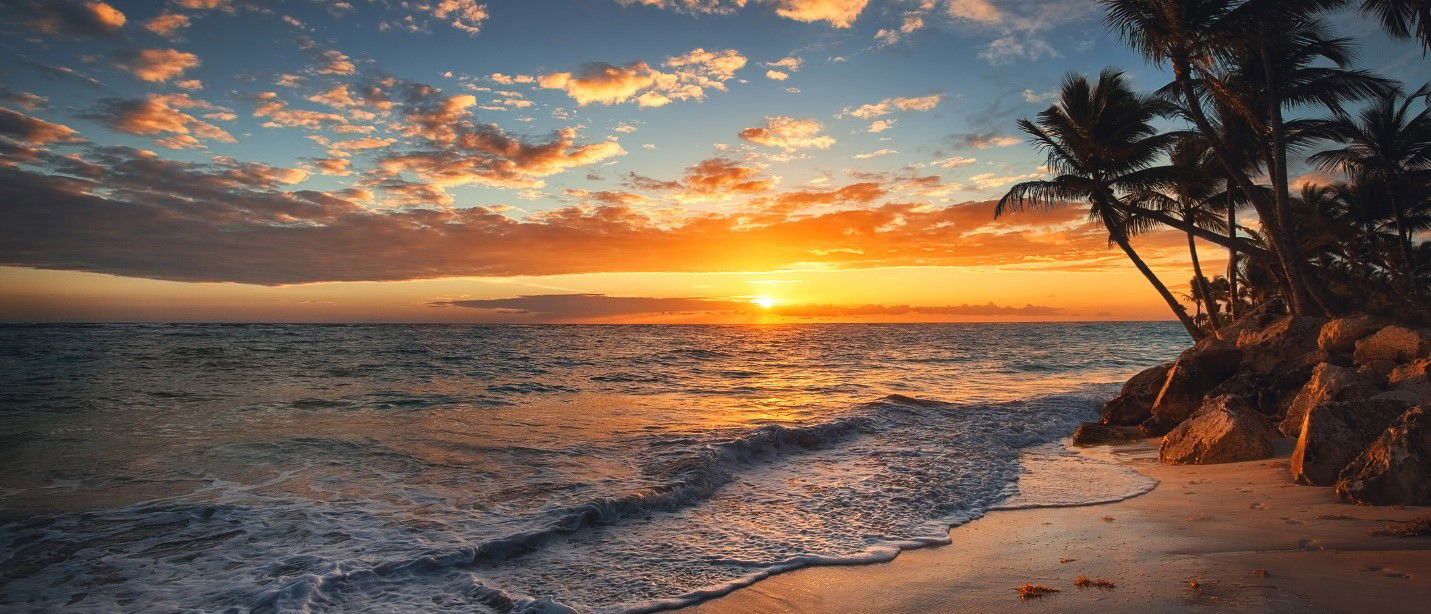


Maui is the second largest island by land area (behind the Big Island) and second largest by population (behind Oahu) in Hawaii. Maui is a (literal) paradise for people who love playing outside. The island offers everything from beaches (surfing, scuba, snorkeling) to mountains (hiking, rock climbing, biking).
Maui boasts of 30 miles of beautiful beaches. Makena Beach is the most photographed beach in Hawaii. Ka'anapali Beach is tourist destination with plenty of shopping and dining. Hookipa Beach is one of the best for surfing.
Maui has a very diverse climate. The annual rainfall varies within the island from 400 inches on the higher-elevation parts of the east side, to 10 inches on Kihei. The peak of Haleakala is about 30 degrees cooler than the beaches, and the mountain does receive some snow.
Maui has several fantastic spots for surfing, windsurfing, and snorkeling. One option is to take a boat to Molokini Crater for some incredible snorkeling.
One of the top experiences for Maui is viewing the humpback whales. The best time to see the whales is from November to May.
The Road to Hana is a highway that runs along the coast of Maui for 55 miles. Most experts agree that this is one of the best ways to soak in the views of the island.

The weather in Maui varies greatly throughout the island. Winters are best for surfing and whale watching. However, consider avoiding the heavy tourism centered around Christmas vacations.

The best times to visit Maui are late spring (April-May) and early fall (September-October). Spring is an off-season for tourism.

Summers get borderline "too hot" as daily highs push towards 90 degrees. It is also the dry season.

Like spring, fall is a good time to plan a Maui vacation as hotel rates drop along with the crowds.
